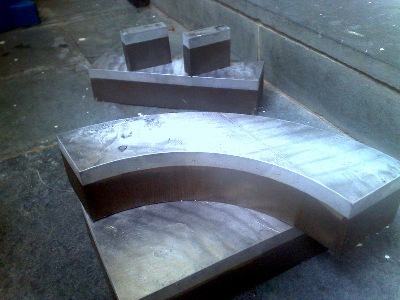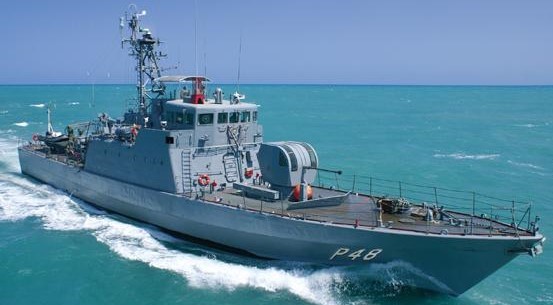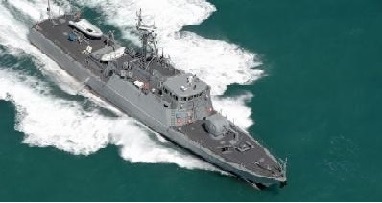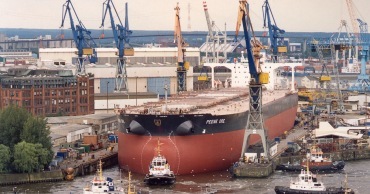Triclad for Naval Transition Joints
Blast cladding can be used to manufacture transition joints between dissimilar metals.

Despite efforts to prevent this from happening, this phenomenon has allowed water to seep into the joints between the unequal common metals, resulting in serious corrosion. In many cases, the only way to keep the ship seaworthy is to completely replace the aluminum, steel or transition joint, in some cases replacing the entire assembly.
A pesar de los esfuerzos para evitar que esto suceda, este fenómeno ha permitido que el agua se infiltre en las juntas entre juntas metálicas irregulares, lo que provoca una corrosión grave. En muchos casos, la única forma de mantener el barco en condiciones de navegar en el mar es sustituir por completo la junta de aluminio, acero o transición, sustituyendo en algunos casos todo el conjunto.
It is not possible to weld aluminum directly to conventional steel using fusion process welding, but rather by welding using Triclad sheets through the explosion process, coating high-strength aluminum to steel
Triclad puede consistir en un sándwich de tres metales: acero St 52-3N como material base, aluminio 99,5 (aleación 1050A) como capa intermedia y aleación de aluminio resistente a la corrosión AlMg4,5Mn (aleación 5083) como revestimiento superior.
Triclad can be produced in sheets of different widths, but by hydro-jet cutting, it is also possible to produce transition pieces cut from the sheets to follow the complex contours of the superstructure.



Typical vessels with steel hulls and aluminum superstructures, capable of receiving TRICLAD as a transition joint to join the hull to the superstructure.


